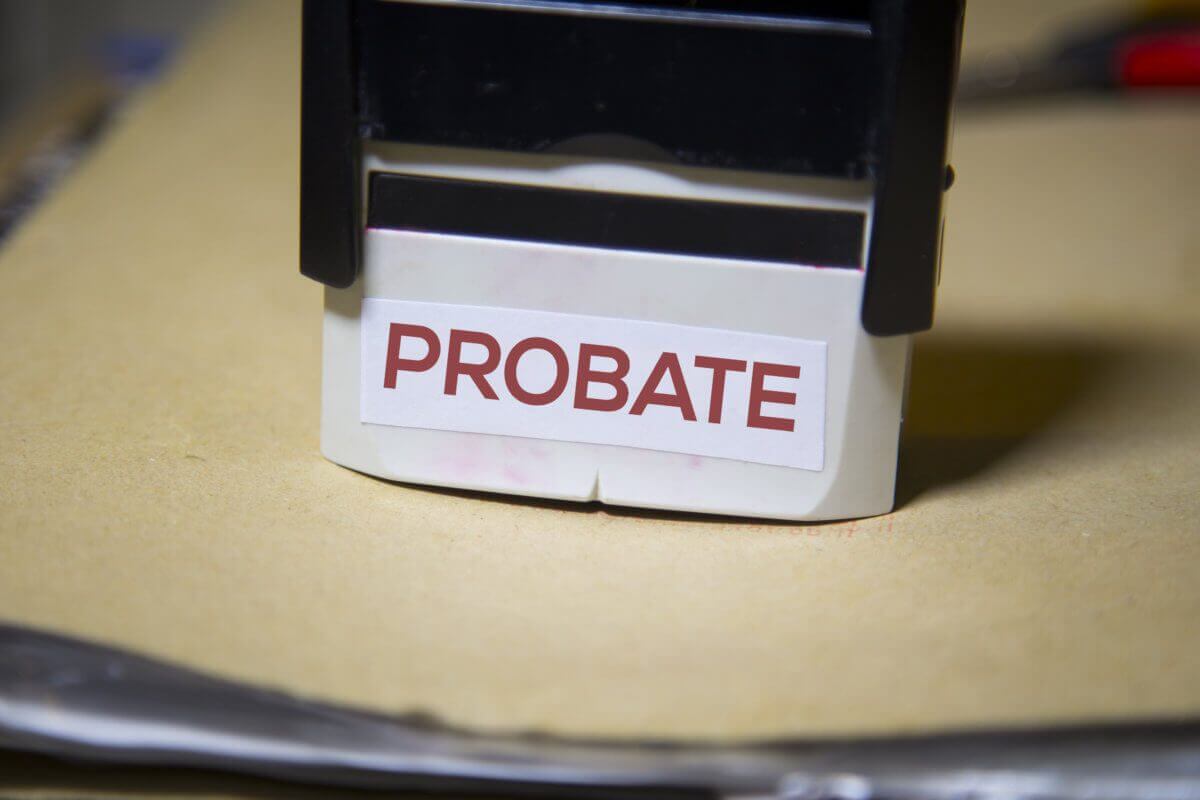When a loved one passes, dealing with their estate can feel overwhelming. Understanding the probate process helps you manage this time. Probate is the legal process of settling a deceased person’s estate. It often involves court supervision, which can be lengthy and expensive. To avoid probate, you need to take specific steps while the person is alive. Doing so can save time and stress. Common ways to bypass probate include establishing a living trust, naming beneficiaries on accounts, and jointly owning property. By doing this, assets transfer directly to heirs without court interference. Securing estate help from professionals ensures these plans are effective and legally sound. You gain peace of mind knowing their estate will transfer smoothly. Taking proactive steps now prevents complications later. Planning is key to protecting your loved ones from potential financial and emotional burdens during an already challenging time. Take action today for a smoother tomorrow.
What is Probate?
Probate is a legal proceeding where a court validates a will, evaluates the deceased’s assets, and ensures debts and taxes are paid. If someone dies without a will, probate determines asset distribution following state laws. This process often involves appointing an executor or an administrator to manage these tasks.
Why Avoid Probate?
Probate can be slow and costly. Legal fees and court costs can diminish the estate’s value. It also takes time, sometimes months or even years, delaying the inheritance process. Avoiding probate preserves more wealth for beneficiaries and speeds up asset distribution.
Ways to Avoid Probate
Several strategies can help you avoid probate:
- Living Trust: Transfer assets to a living trust. The trust owns the assets, and you appoint a trustee to manage them. Upon death, assets pass to named beneficiaries without probate.
- Joint Ownership: Jointly own property with rights of survivorship. When one owner passes, the property automatically transfers to the surviving owner.
- Beneficiary Designations: Name beneficiaries on accounts like life insurance, IRAs, and 401(k)s. These assets pass directly to the named beneficiary.
Comparison of Probate vs. Non-Probate Assets
| Asset Type | Probate | Non-Probate |
| Real Estate | Yes, unless jointly owned with survivorship | No, if held in a trust or owned jointly with survivorship |
| Life Insurance | Yes, if no beneficiary is named | No, if a beneficiary is named |
| Bank Accounts | Yes, unless POD or TOD is designated | No, if POD or TOD is designated |
Getting Help
Seeking professional guidance ensures your estate plan aligns with your wishes and legal requirements. Consider consulting an estate attorney to discuss strategies suited to your needs. Their expertise helps you make informed decisions and avoid common pitfalls.
Resources for More Information
For more details on the probate process, visit the Nolo Legal Encyclopedia. Additionally, the US Government’s Wills and Trusts page offers valuable insights and tools to aid in estate planning.
Conclusion
Understanding and planning to avoid probate is crucial. It ensures a smooth transition of assets, reducing stress and costs for your loved ones. By taking proactive steps now, you protect your family’s future. Implement these strategies today for a secure tomorrow.
Keep an eye for more latest news & updates on Kadanace Blog!





